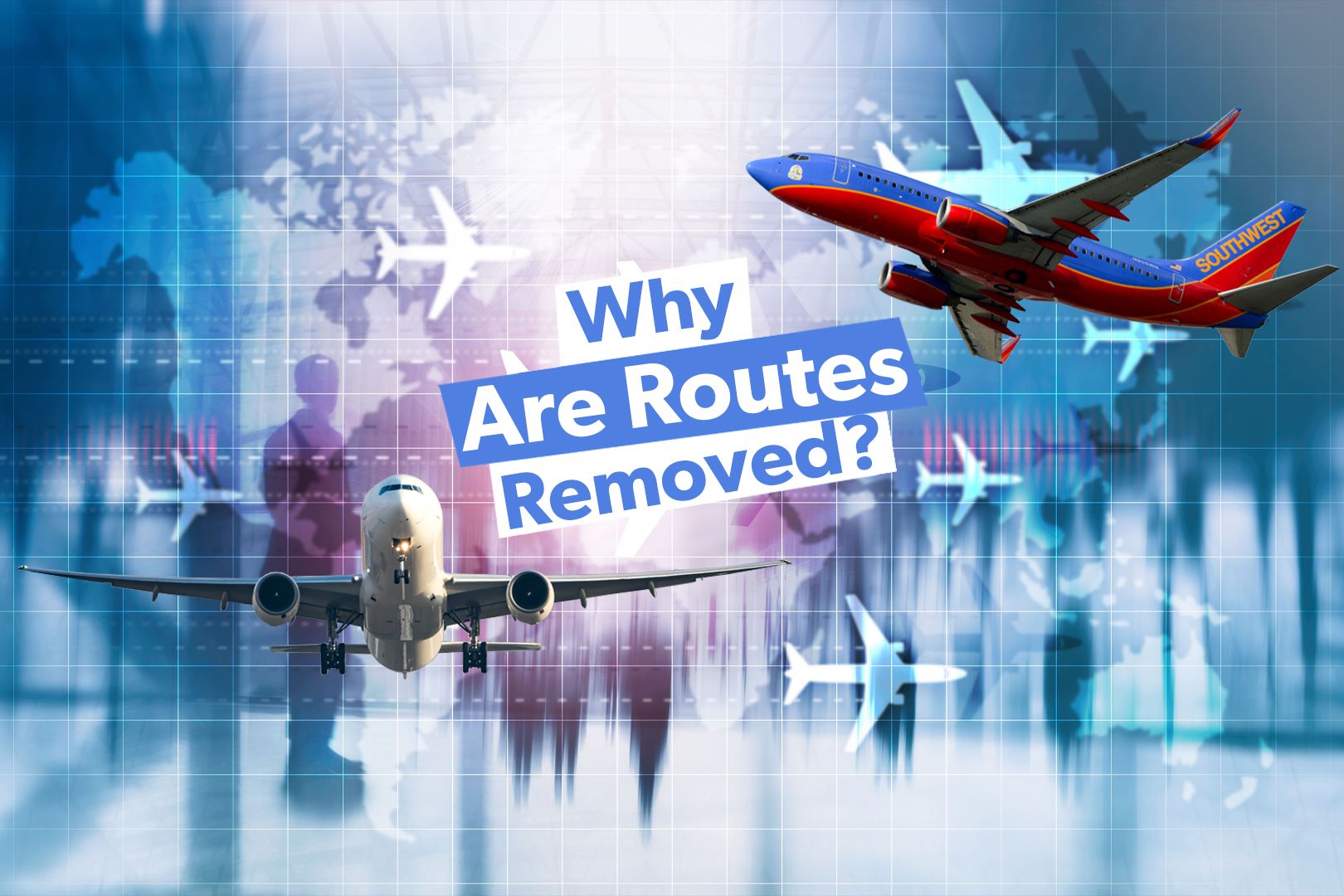Airline operators cut scheduled routes for a variety of reasons, from the lack of demand from travelers to poor political and cultural ties between the two jurisdictions. Nonetheless, route cuts are substantiated with sufficient reasoning and evidence. This article explores some reasons that may force airlines to cut scheduled routes.
1 Lessening demand Passenger demand has a major impact on scheduled routes Business industry Travel, tourism, and leisure market Economic and cultural ties Safety and security Popularity Airline routes are set up and scheduled based on the passenger demand. Operators analyze years worth of air traffic data and other geographical prepositions before setting up a new route. As such, airline routes stay active based on passenger demand.
As it is common for airlines to increase flight frequencies on a specific route with growing demand, it is also common to cut routes that see lower demand. Both business and tourist markets along with economic and cultural ties drive passenger demand between a specific route. When any of these things shift, the demand may suffer, resulting in airlines cutting their scheduled routes.
The carrier is boosting flights to The Maldives and fellow oneworld Alliance hubs in London, Miami, and Tokyo. 2 Lack of profitability Not all scheduled routes are profitable Cost of capital Fixed costs Operational costs Interests and taxes Profit margin Operating an airline is a complex and expensive business that requires strong cash f.


















